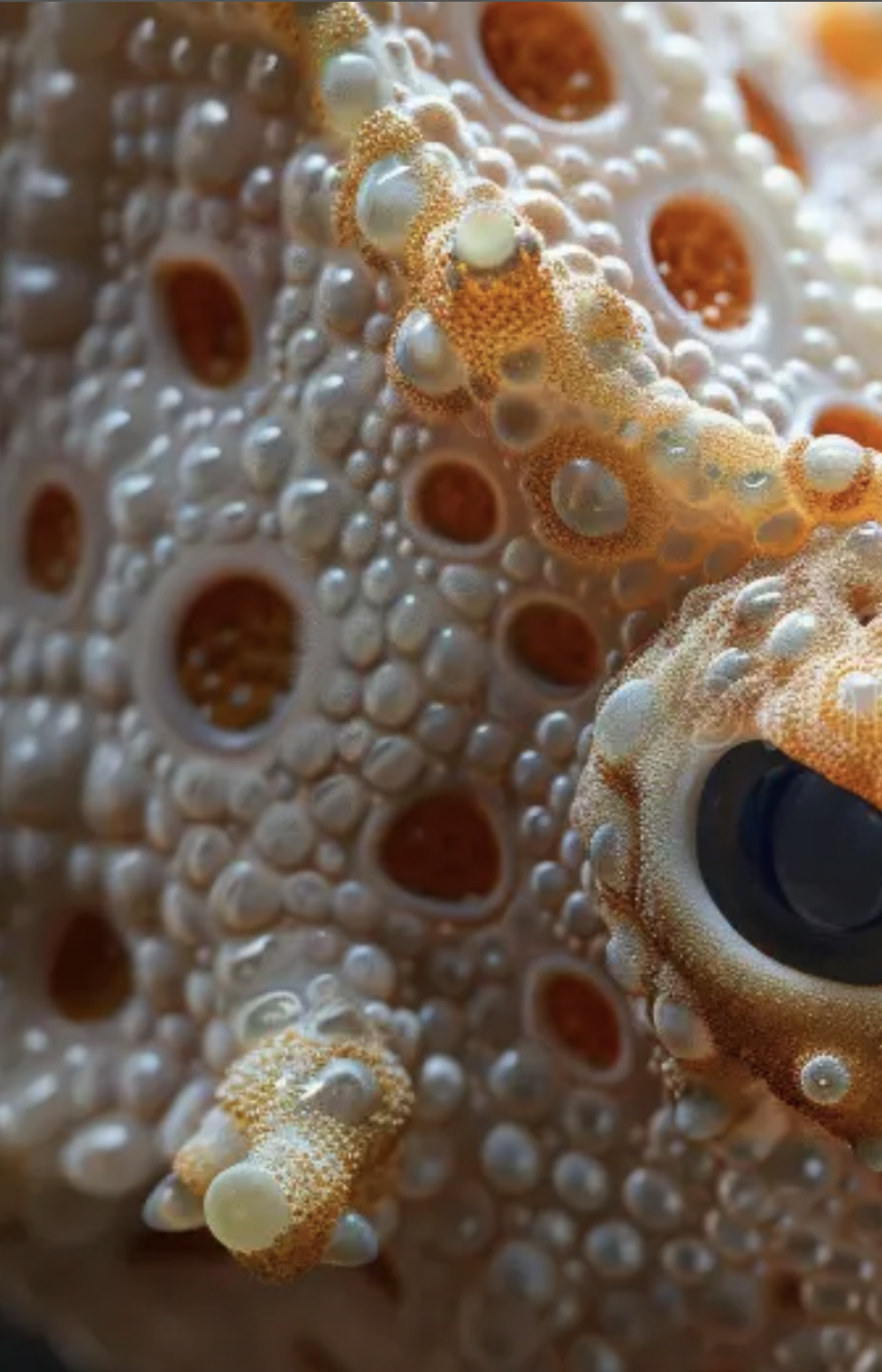Long-term
low-energy data storage
How can we reduce the energy required for long-term data archiving while maximizing information density? This project explores nature-inspired strategies for more efficient data encoding and compression, addressing sustainable archiving challenges.

Data storage providers, high tech digital companies, defense and security.
Design a system capable of storing maximum volumes of data while minimizing space and energy consumption, with sufficient stability for preservation over decades.
- Stability over time
- Energy consumption of the storage unit
- Read/write speed compatible with usage
- Cost of the system
- Compatibility with existing digital systems
- High data density
Why are today’s storage solutions reaching their limits?
Current archive storage systems present key limitations on density and energy consumption. The key issues include:
- Thermal management constraints and high energy cooling system
- High power consumption for storage media
- Physical limitation of storage media
AI agents help conduct root-cause analysis to better understand these systemic inefficiencies.

How does nature encode information efficiently?
To overcome limits in density and energy consumption, the analysis of living systems provides remarkable insights :
- Sparse neural networks: connect only what’s essential
- Hibernation mechanisms: drastically reduce energy in inactive phases
- Molecular-scale encoding: achieve ultra-high density at nanoscale
These biological mechanisms guide users towards new systems based on molecular data-storage, encoding sobriety and segmentation of functionnal phases.
Asteria then helps you generate ideas of concrete bioinspired concepts leveraging both the various selected biological mechanisms and the modeling of the project's context.



Designed for R&D innovation,
design and durability
Collaborate with nature
GET a demo





.png)





























